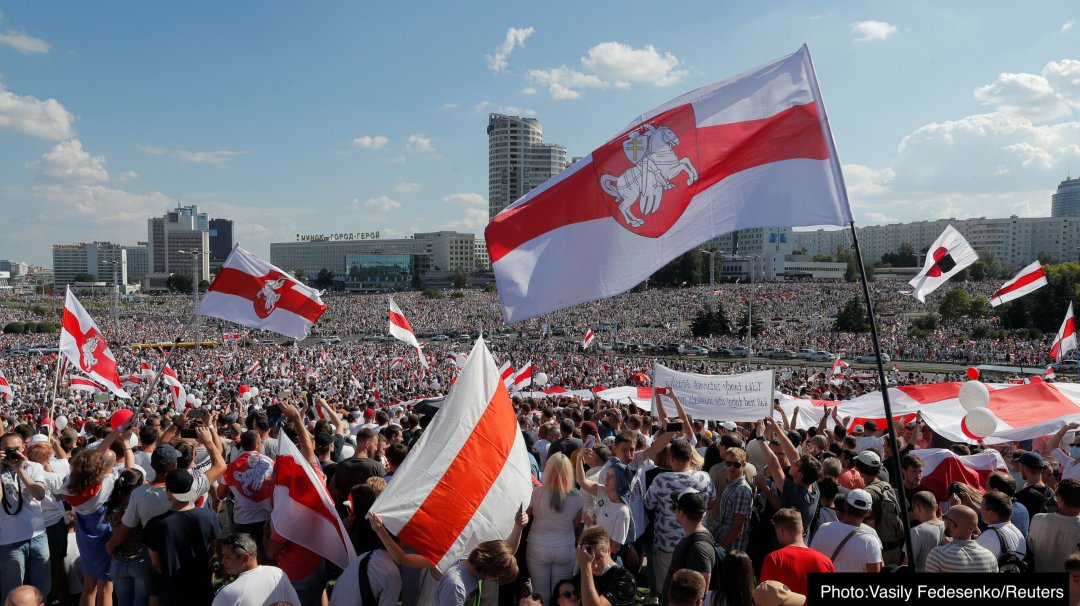Adity Rahman Shah The core principle of Responsibility to Protect (R2P) postulates that the state sovereignty implies responsibility,[1] i.e. the state is imposed with the primary responsibility to protect the population from persecution and when it is required, the responsibility even extends beyond the border. In other words, a state has an obligation, under certain circumstances, … Continue reading The Responsibility to Protect (R2P): Under what circumstances might the Security Council sanction an intervention to prevent or halt mass atrocities be justifiable, whether legally or otherwise?
Thailand’s Dwindling Monarchy in Midst of Human Rights Crisis
Rishav Devrani and Poojan Bulani In response to calls for reforming the political structure, thousands of people have taken to the streets in protests that have3 occasionally resulted in violence among the protestors and the police over the last two years. Leaders of activist groups have faced charges like alleged defamation of the monarchy. Thailand's "Section 112," also … Continue reading Thailand’s Dwindling Monarchy in Midst of Human Rights Crisis
India & Internet Shutdowns During The Pandemic: A Curb on The Right to Education?
Ankita Malik The Temporary Suspension of Telecom Services (Public Emergency or Public Safety) Rules, 2017, were formed to regulate the temporary suspension of telecom services in times of public emergency or public safety situations. However, these rules have been used for restricting fundamental rights as citizens are plunged into digital darkness with no access to … Continue reading India & Internet Shutdowns During The Pandemic: A Curb on The Right to Education?
A Legal Perspective on The Human Rights Violations in The Namesake Democracy of Belarus
This blog analyzes the human rights crisis in Belarus through a legal lens. The article elaborates upon the various international instruments that the country has violated and seeks international cooperation and assistance to safeguard the interest of those affected.
Elections And Democracy
Dr. Samir Kumar Das, PhD Elections, as the textbooks of democracy would have us believe, serve as a key democratic institution for governing those who in turn govern us, whether by selecting them, or by holding them accountable to us or by recalling them in case they fail to live up to our expectations or … Continue reading Elections And Democracy





